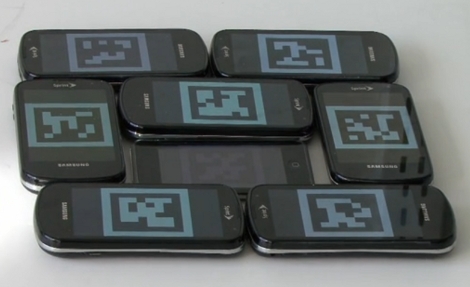A lot of great schematics wind up on the back of bar napkins or diner place mats. When inspiration strikes, you have to capture it, after all. Today, you are as likely to draw schematics on a computer and there are plenty of options for that; if you can install software your options are almost limitless. And if you have a modern Web browser, there are lots of good options that don’t even require an install.
But what about those times when you need a quick schematic to pop into a presentation? You are on some ancient conference room computer where you can’t install anything and it’s still running a browser that understands the <BLINK> tag? Try out the Klunky Schematic Editor. Your browser will need Javascript, but that’s about all. No HTML 5 or anything fancy.
Continue reading “The Worst CAD Package Ever Is Still Handy”














